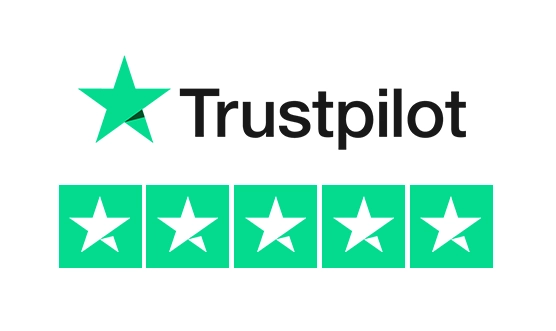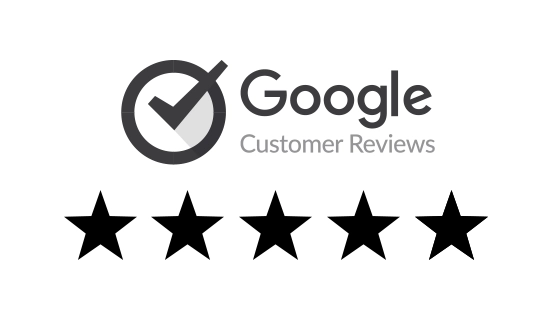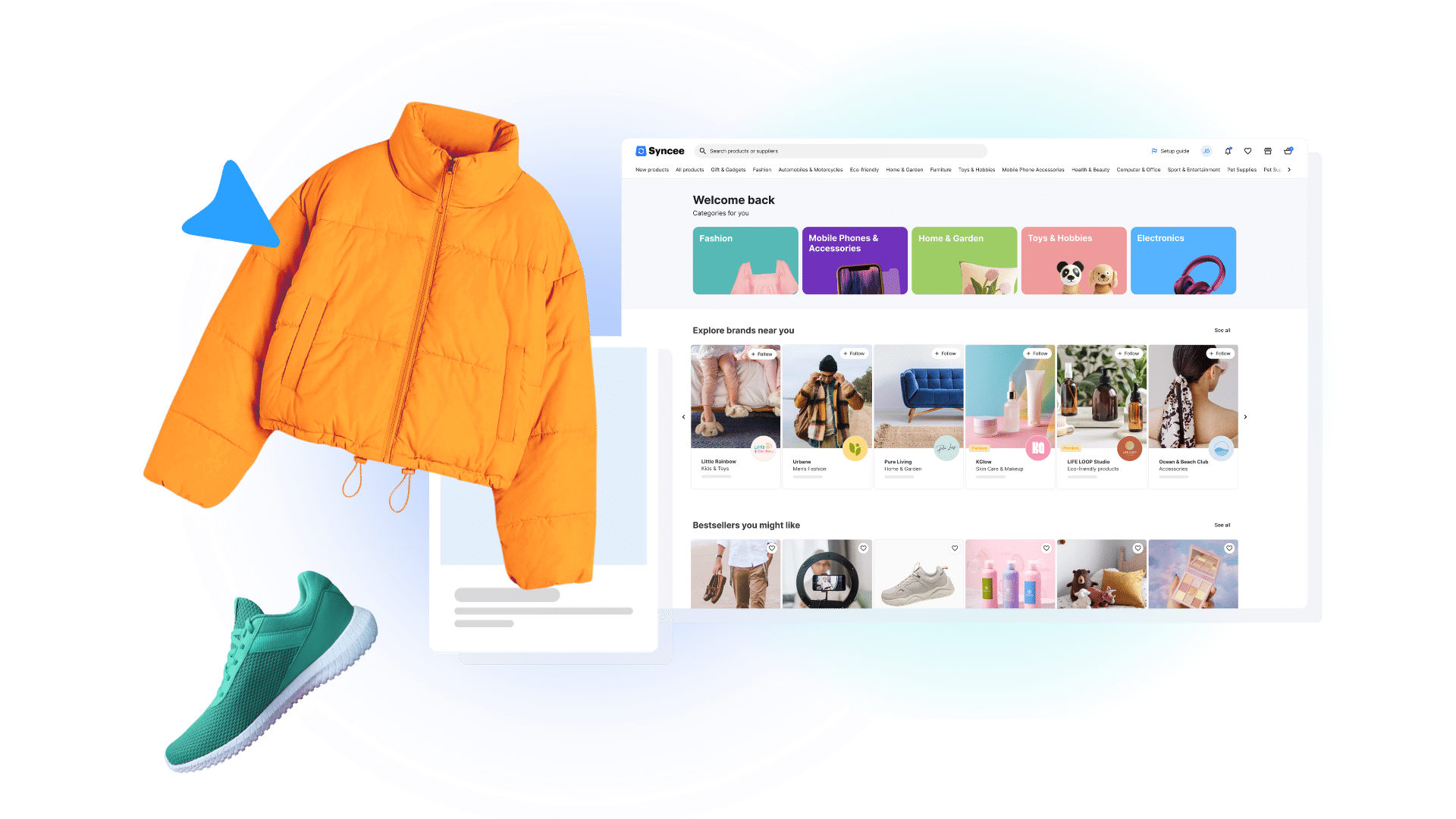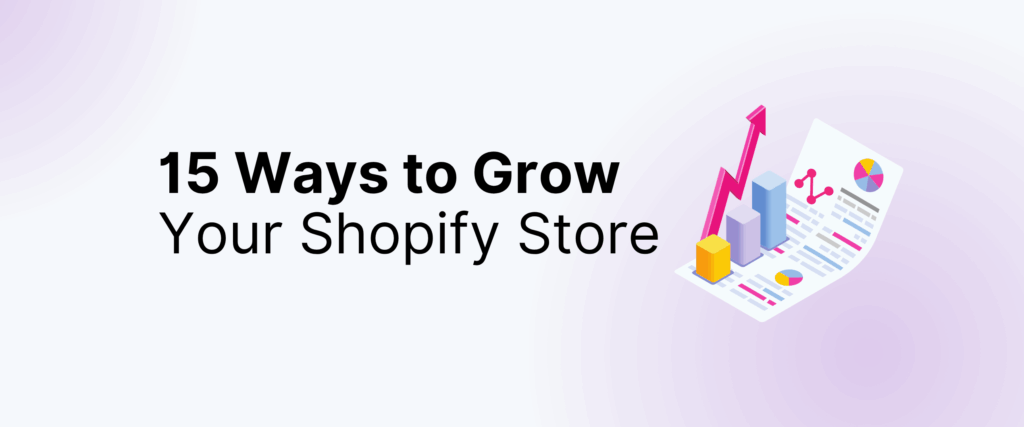There has hardly been a time more challenging to compete in the world of e-commerce. The market is booming, and e-tail revenues are projected to reach astonishing heights in the coming years.
This amount is about $6.54 trillion. Your customers are now more likely to shop online than visit a physical store as they want to save their time, money, and energy for other things they consider more important.
However, merely putting your e-commerce online is not enough to guarantee success. So how do you build e-commerce that succeeds?
You need a branding strategy that will make your e-commerce business stand out from all the others, and create an emotional connection with your customers.
Here are the five steps you need to take to brand your e-commerce for triumph.
1. Focus on your customers
Getting your branding efforts requires a lot of hard work. To find the right approach that will work, you need to dig a little deeper and learn more about those who you’re selling your products to.
If you have past analytics, such as data on abandoned carts or the most popular products, use it to better understand your customers’ experience with your products and your brand.
However, to make an impact on your customers, you need to personalize their experience with your brand.

This means you need to create your buyer persona, according to the data you’ve gathered in detailed market research, and find out the reason why they would rather do business with you than with any other e-shop on the market.
You can do the same even if you’re working in the B2B industry and selling highly specialized niche products. For example, by successfully branding their e-commerce stores, oilfield equipment suppliers can thrive even in a very limited market, as they can easily be found through search engines, broadening their reach.
2. Understand your UVP
Apart from gaining a deeper understanding of your target audience so that you can craft your branding campaigns, you need to become aware of your unique value proposition (UVP).
UVP is a clear expression of the benefits your e-commerce offers, or to be more precise – what makes you different from your competitors when it comes to solving your customers’ pain points and needs. Some of the differentiators may be:
- A specific geographic focus,
- Specializing in clients that share the same traits,
- All of your staff have the same credentials,
- Offering a specific service etc.
To get better results and establish an even better position in the market, you can combine the differentiators, as long as they are relevant to your clients.
You need to get to the point where your customers associate your brand with the problems you’re trying to solve.
3. Offer high-quality content
Treat every item you produce to brand your e-commerce business as a form of content. As such, it needs to make a great impression on your potential customers, and represent your business in the best possible manner.
Start with the visual elements, you use for branding purposes, such as your logo, name, colors, and fonts, to your brand’s personality and the tone of your brands’ voice. Then move on to your website, blog posts, and posts on social media channels– it all comes down to delivering top-notch content, tailored to fit the interests, desires, and needs of your target audience.
Having a blog where you would post relevant and useful pieces that can educate your customers, offer a solution to their problems and pain point, can be a great way to generate leads that you would nurture through your sales funnel.
Make sure to have a well established social media presence where you could engage with your customers and build meaningful relationships with them.

4. Make your customers happy
Excellent customer service is one of the top reasons for customers’ loyalty, so do your best to make it stellar.
You need to make sure each of the touchpoints between your customers and your brand is worthwhile, and that it will only improve their satisfaction.
Think about the things that would make your customers happy with the service you’re offering and try to exceed their expectations whenever you’re in position too. If there is an issue with the product they bought, and that they want to solve –don’t put them on hold, and make them wait, as there is a high chance they’ll turn to your competitors.
Fortunately, there are many great solutions, such as AI-powered chatbots, that you can use to offer timely and personalized support to your customers 24/7/365, and successfully resolve up to 80% of your customers’ queries.
These chatbots can now be trained to interact in a human-like manner, keeping your brand tone and voice so that they can help with your branding efforts too.
5. Be consistent
Inconsistency can be fatal when it comes to branding any business, including e-commerce. Once you’ve created your brand message, you need to use it in all your marketing activities.
Your customers will be confused with the message you’re sending, and even reluctant to purchase your products if you use the professional and formal tone and then decide to switch to friendly and informal all of a sudden.
Your brand identity needs to be unified, no matter which channel you choose for a promotion – email, social media channels, website, or print media.
The best way to ensure the consistency of your branding efforts is by creating a brand style guide, that will cover all essential branding topics:
- core brand identity (mission, vision, and values),
- visual guidelines (logos, fonts, typography, colors)
- verbal guidelines ( value proposition, tagline, voice, and tone)
It will take some time to brand your e-commerce business. Still, if you include these steps into your branding strategy, you’ll gain a competitive advantage over your competition and watch your business flourish.














